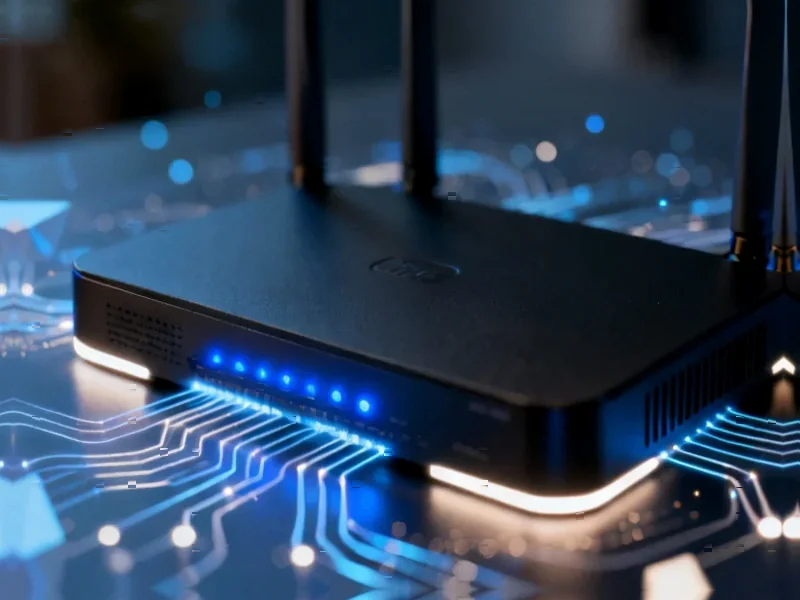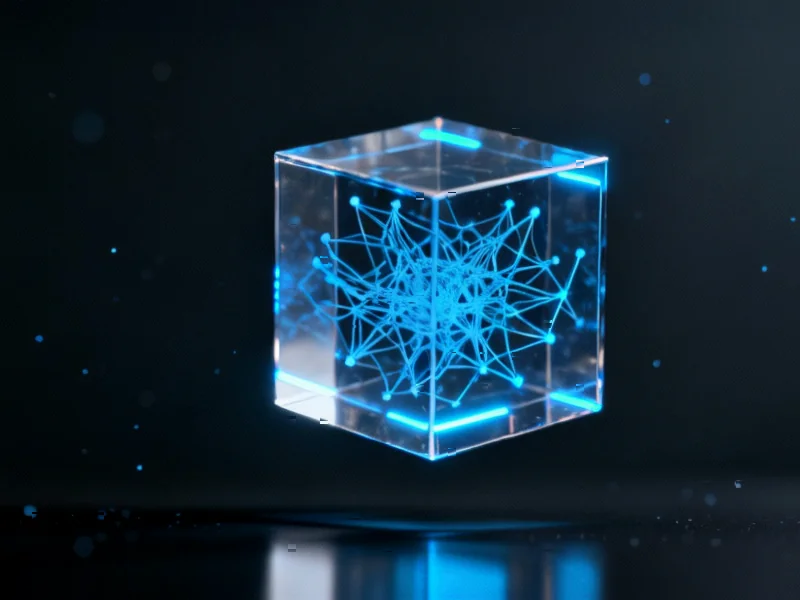According to Phys.org, researchers at KAUST have discovered that bacteria possess far more versatile electrical transfer capabilities than previously understood. Working with Desulfuromonas acetexigens, the team identified a single bacterium simultaneously activating three distinct electron transfer pathways—the metal-reducing (Mtr), outer-membrane cytochrome (Omc), and porin-cytochrome (Pcc) systems—previously thought to have evolved separately in unrelated microbes. The study, published in The ISME Journal, revealed unusually large cytochromes including one with a record-breaking 86 heme-binding motifs, enabling exceptional electron transfer capacity. Analysis of public genomes identified more than 40 Desulfobacterota species carrying similar multipathway systems across diverse environments from sediments to hydrothermal vents. This discovery fundamentally changes our understanding of microbial electricity transfer and its applications.
The Bioenergy Market Disruption
This research represents a paradigm shift for the emerging bioenergy sector. Current microbial fuel cell technology has been limited by the relatively low efficiency of single-pathway electron transfer systems. The discovery that bacteria can simultaneously deploy multiple electrical “circuits” suggests we’ve been operating with only a fraction of their potential capacity. Companies developing bioenergy systems now have a roadmap to engineer more efficient microbial consortia that could dramatically increase power output from organic waste streams. The competitive landscape will likely shift toward firms that can rapidly integrate these multipathway bacteria into their bioreactor designs, potentially creating a new tier of high-performance bioenergy systems that outperform conventional single-strain approaches.
Environmental Remediation Revolution
The implications for environmental cleanup are equally profound. Microbes capable of multiple electron transfer pathways can interact with a wider range of pollutants and environmental conditions, making them ideal candidates for advanced bioremediation systems. Wastewater treatment plants could see significant efficiency improvements by incorporating these versatile bacteria, potentially reducing energy consumption while improving contaminant removal. The ability to transfer electrons to both electrodes and natural minerals means these microorganisms could be deployed in diverse settings—from industrial wastewater to contaminated groundwater—without requiring specialized electrode systems. This versatility dramatically expands the addressable market for microbial remediation technologies.
Accelerating Bioelectronics Innovation
For the bioelectronics sector, these findings open new frontiers in living electronic components. The discovery of cytochromes with unprecedented electron storage capacity suggests bacteria could serve as biological capacitors or even memory elements in hybrid biological-electronic systems. Startups working on microbial sensors and computing interfaces now have a richer toolkit to design systems that leverage these natural electrical capabilities. The timeline for commercial bioelectronic applications may accelerate as researchers no longer need to engineer complex electron transfer pathways from scratch—they can harness what nature has already optimized through billions of years of evolution.
Investment and Commercialization Pathways
The market implications extend across multiple sectors. Energy companies facing carbon reduction mandates now have additional options for converting waste streams into valuable energy. Environmental technology firms can develop more robust remediation solutions for challenging contaminants. The pharmaceutical and chemical industries may find new biological synthesis pathways using these electrically versatile microbes. Early movers in patenting applications of these multipathway systems could establish dominant positions in emerging bioeconomy sectors. As the research indicates, we’re just beginning to understand the full commercial potential of microbial electrical capabilities that have been evolving beneath our feet for millennia.




